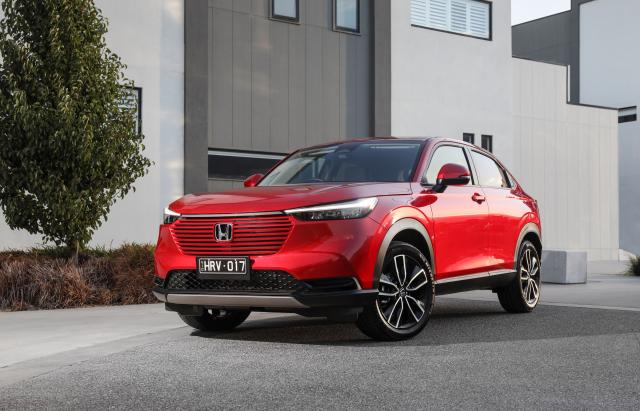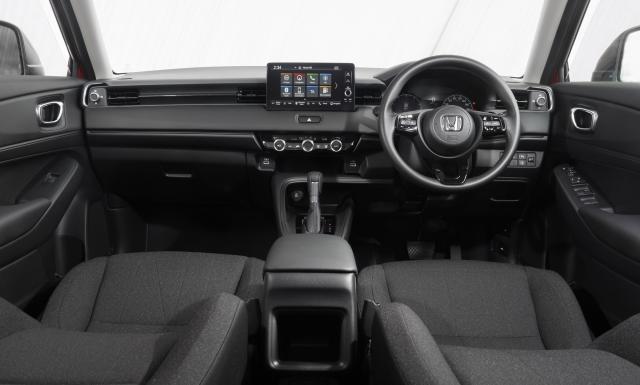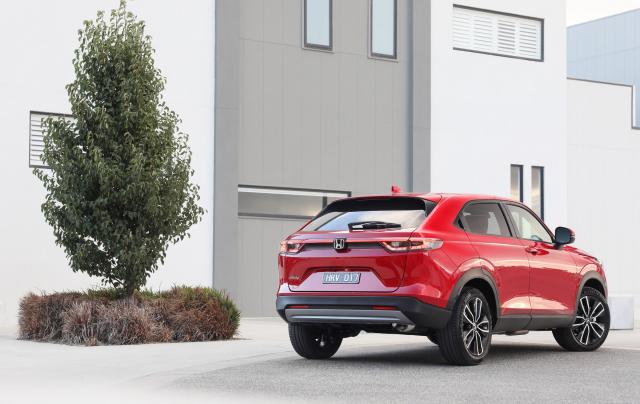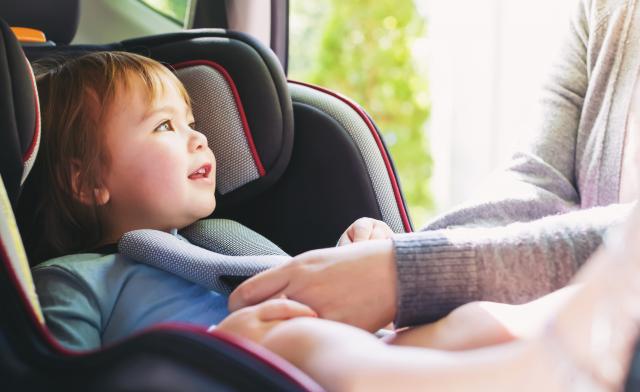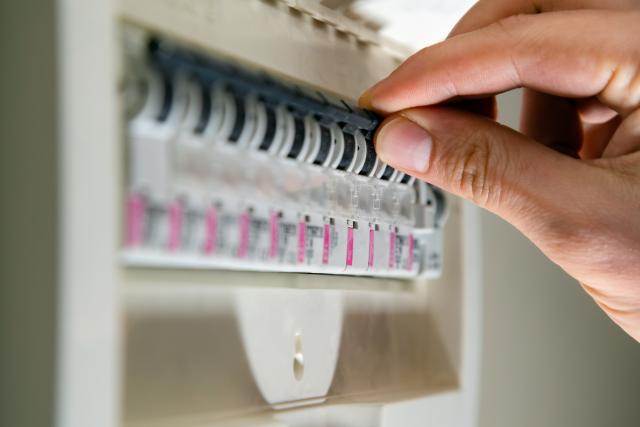Unlike most of its competitors, that have up to five SUVs in their range, Honda currently has just two, the small HR-V and mid-sized CR-V. That’s about to change with a third variant, ZR-V, due for release in a few weeks and which will slot into the space between the other two.
This week we’re reviewing the HR-V. When it arrived here in 1999 it was one of the first compact SUVs around and at once set the standard for what has since become one of the fastest growing segments of the automobile market.
Unfortunately, with its bland styling and three-door body, that original HR-V never really took off and it was subsequently discontinued in 2003. It remained off the Australian market until 2015 when the much more attractive five-door second-generation model arrived.
The third generation of the HR-V arrived here in 2022 with sleeker styling, advanced safety and driver-assist features.
It comes in two equipment levels with two different powertrains starting with the Vi X that’s powered by a 1.5-litre i-VTEC petrol engine, and the e:HEV L hybrid powertrain. Our test was the petrol-only model.
STYLING
The distinctive new HR-V grille design blends the intakes with the bumper and when combined with the sleek headlights, gives the HR-V a futuristic look. The grille is body-coloured (there’s a choice of five) rather than the more common contrasting chrome or black in-fill.
As is a growing trend the rear of the HR-V is a cross between an SUV and a hatchback in its lines but with embedded rear door handles suggesting that it’s a two-door coupe.
The lower-side panels are painted in black which makes them harder to see and therefore adds to the apparent ground clearance and SUV look.
INTERIOR
The dashboard has the instruments in a binnacle with a curved top. The nine-inch central screen is landscape in shape and therefore doesn’t give you a view ahead as is offered in a portrait screen.
Potential buyers need to be aware that the HR-V only comes with two rear seats. This isn’t necessarily a problem for two-plus-two families because the rear has comfortable and supportive bucket seats with a large padded armrest between them and a couple of cup holders.
Rear passengers also get adjustable air vents, two USB-A ports and another drink holder in each door.
The rear seatbacks fold completely flat and the bases can be folded up to allow for taller objects to be carried.
INFOTAINMENT
The centre screen is a nine-inch touch unit but rather too shallow to give a long view ahead when using the satellite navigation. The problem for the interior designers is that there simply wasn’t isn’t enough room in the lower dash area for a better screen.
It has wireless Apple CarPlay and wired Android Auto.
ENGINES / TRANSMISSIONS
The four-cylinder engine isn’t turbocharged and has capacity of 1.5 litres with 89kW of power and 145Nm of torque. It is happy to run on standard unleaded petrol which can make a real difference given some of the crazy prices being asked for petrol at the moment.
It drives the front wheels through a continuously variable transmission.
SAFETY
The Australian ANCAP safety rating gives the HR-V five stars. The Honda suite of driver-assist and safety technologies includes forward collision warning, collision, mitigation braking system, lane keep assist system and lane departure warning.
DRIVING
The engine is relatively small and doesn’t produce as much power as we would like. It’s a typically Honda unit in that it likes to have plenty of revs on board before it really takes off. Keen drivers won’t mind this because once it’s given its head it’s a really pleasing unit to drive.
Handling is pretty good, with plenty of feel through the steering wheel. It’s able to easily take corners at speeds far higher than those who would be done by the typical family driver.
Ride comfort is a little on the firm side but after a couple of hours on our extended-drive part of our road test review the Honda HR-V we still felt comfortable so, again, the designers have done an excellent job.
Fuel consumption is rated at 4.3 litres per 100 kilometres in the hybrid variant and 5.8 L/100km in the petrol model. We averaged 6.6 in our petrol test car.
Standard warranty is five years and unlimited distance with the option of a two-year extension.
SUMMING UP
Honda HR-V VI X is an interesting machine that, while it doesn’t have the straight-line performance that we like, it does have handling that we really enjoy. However, the lack of three seats in the back could make it difficult to sell when the time comes to do so.

